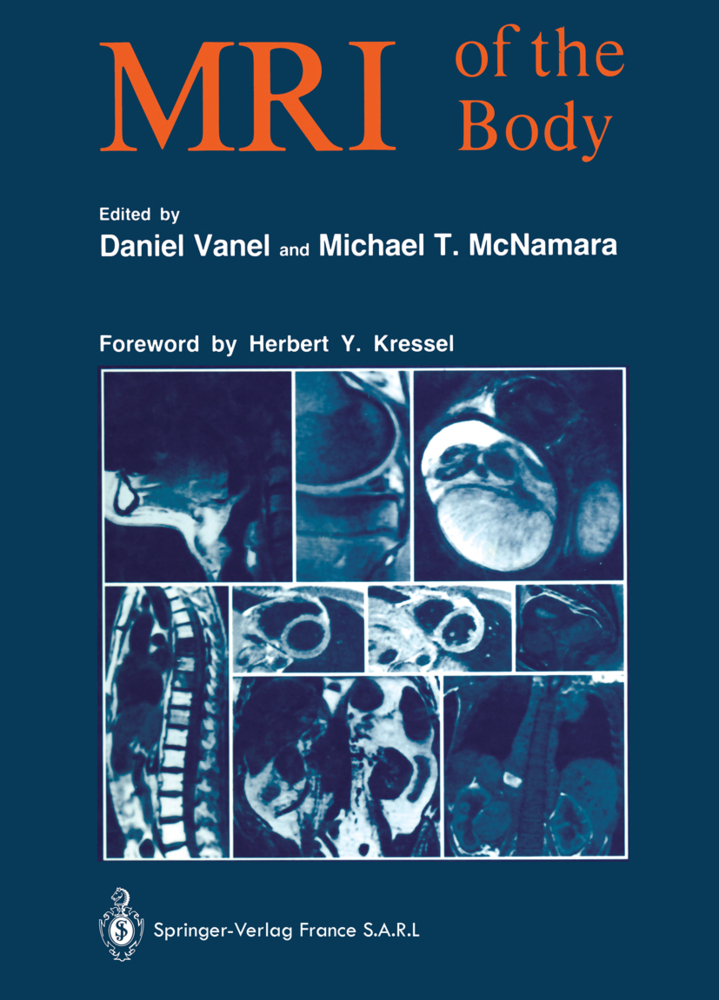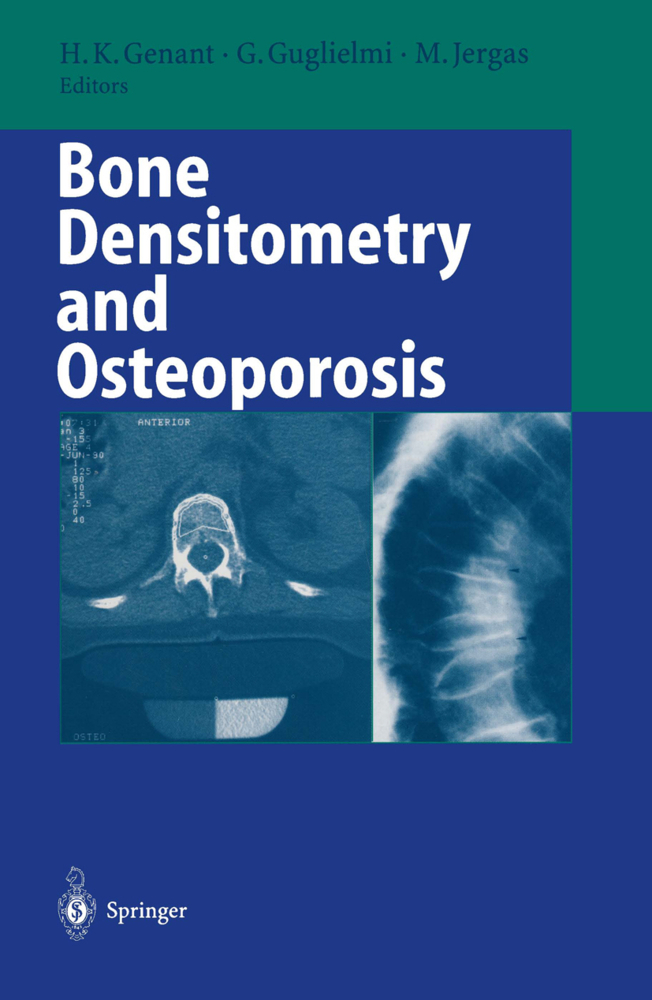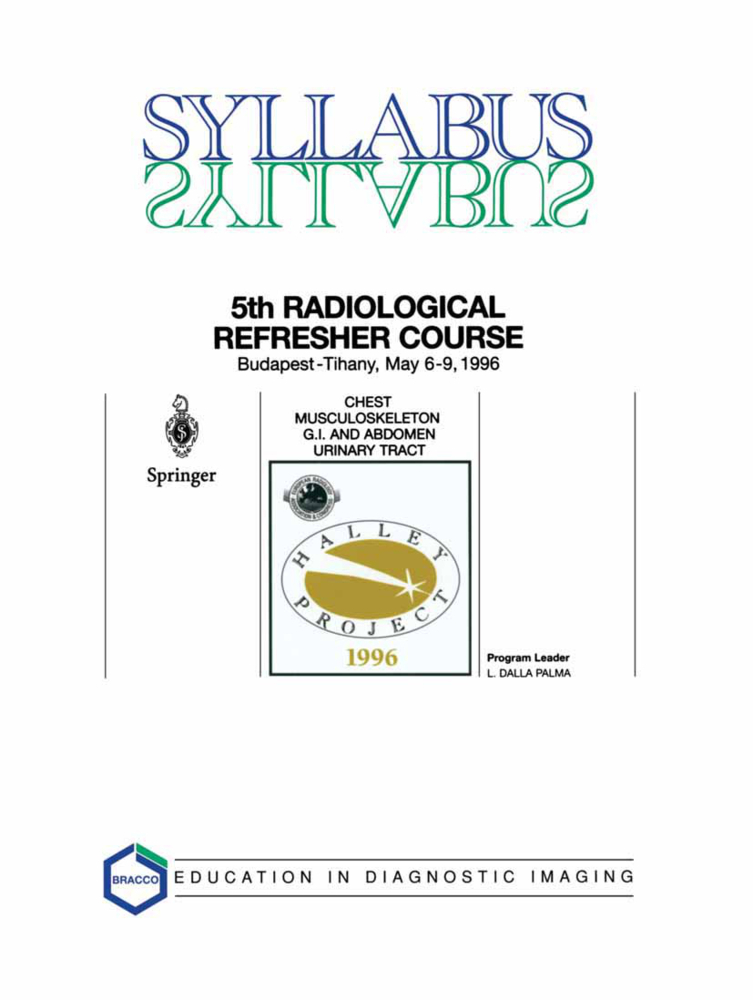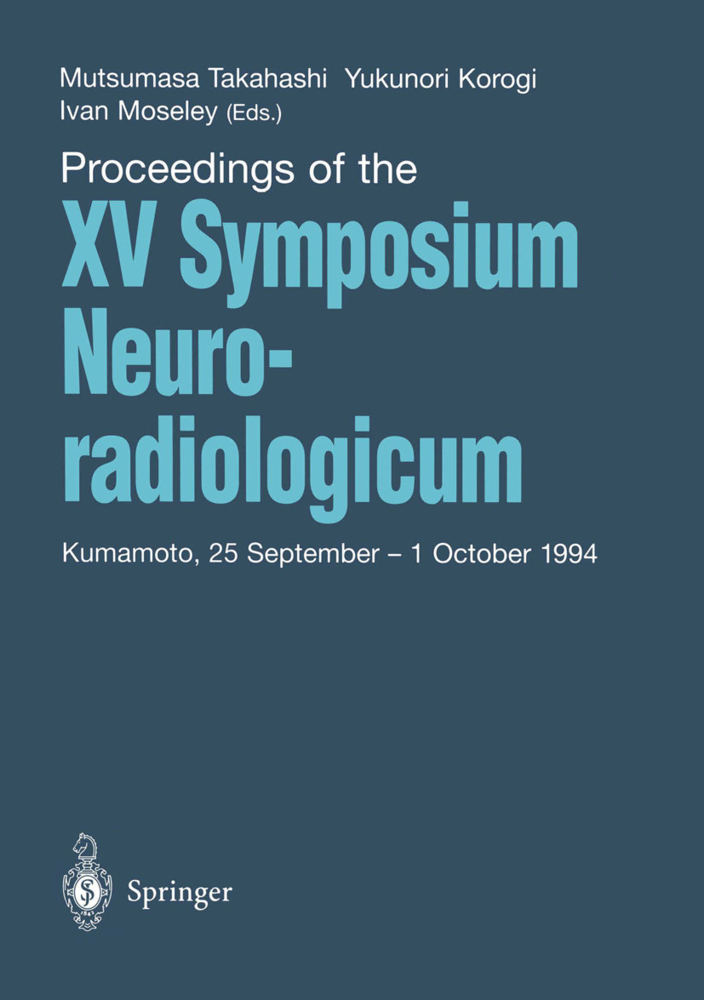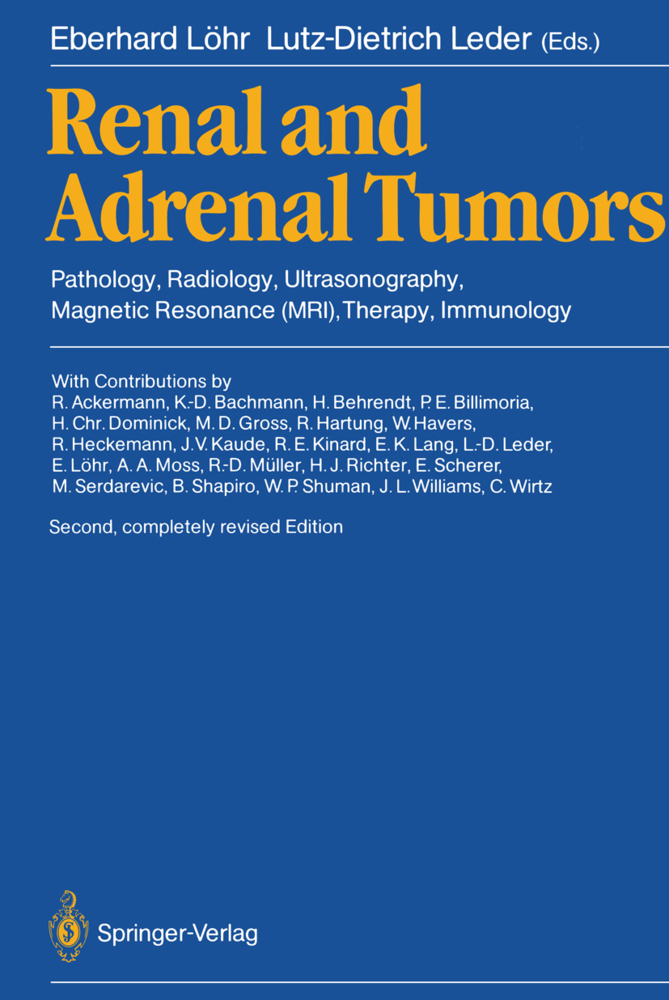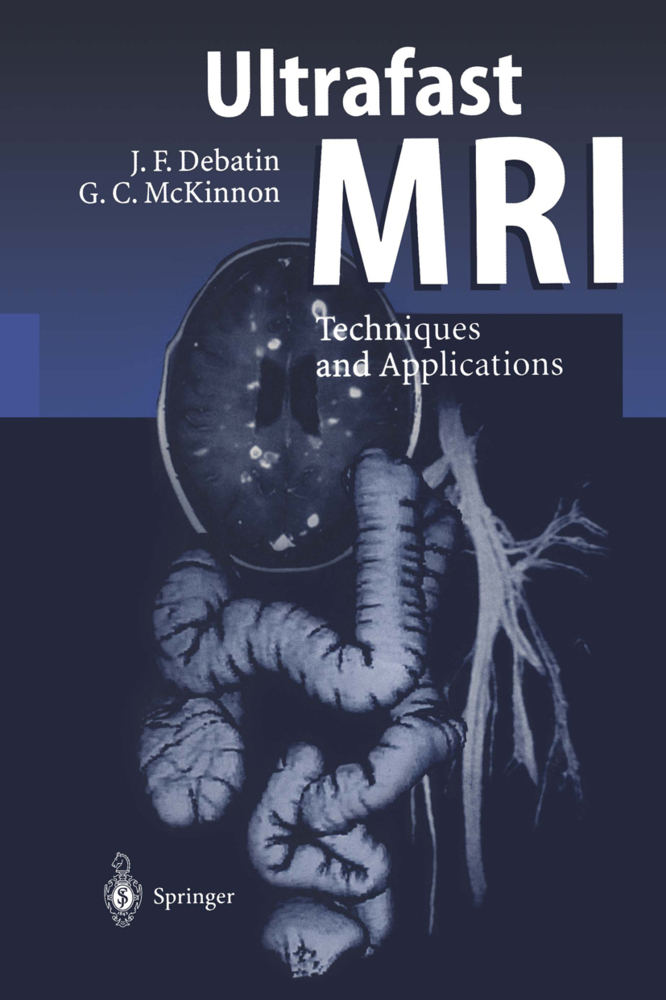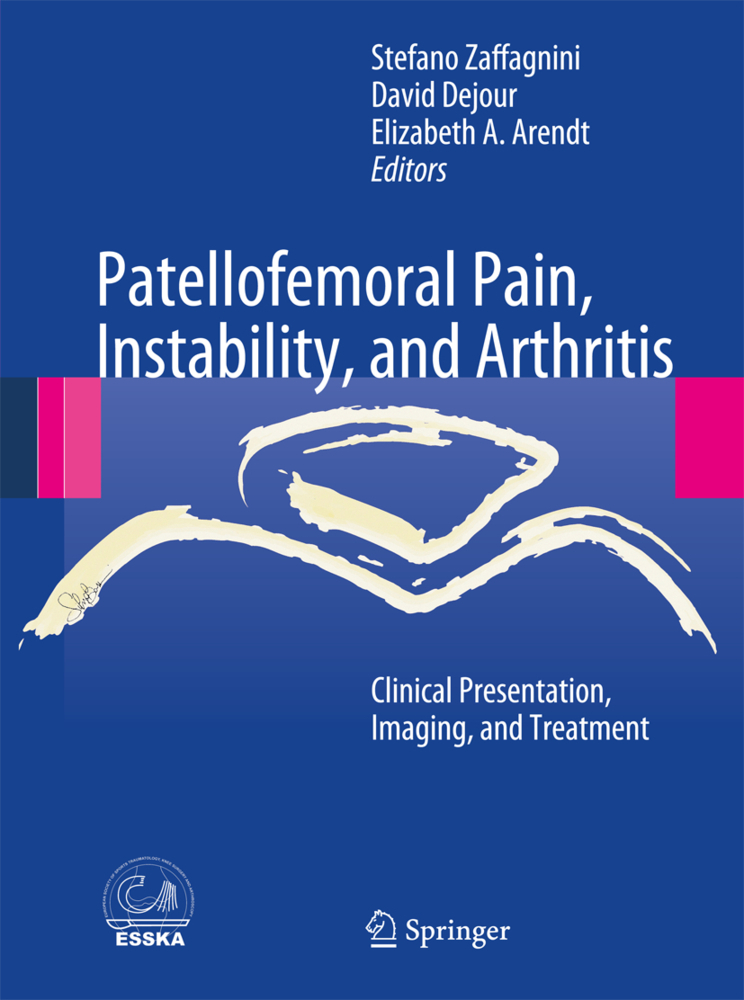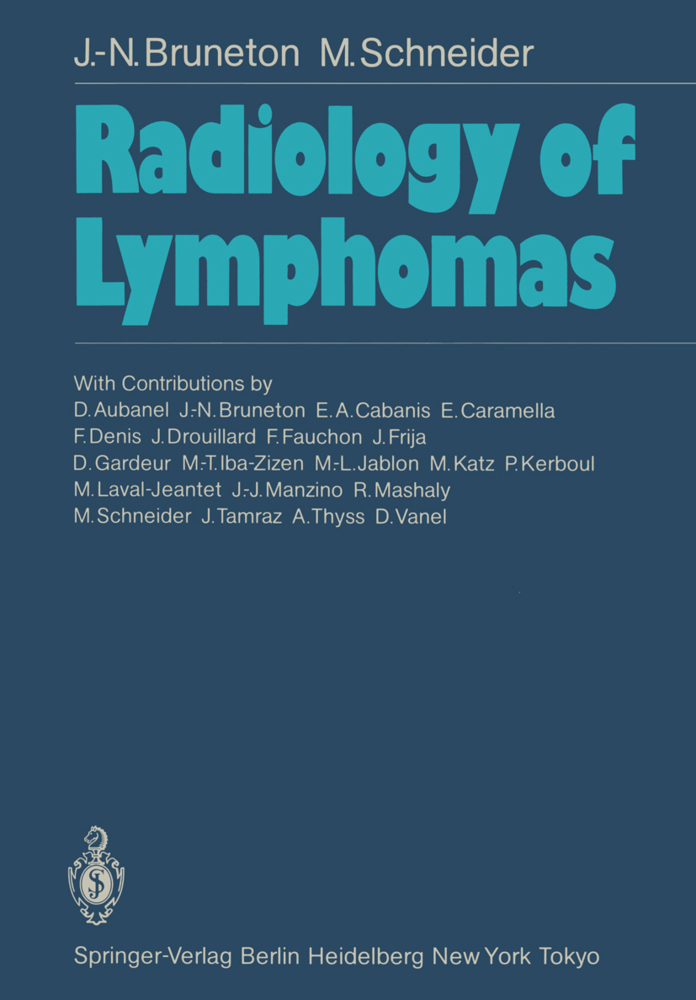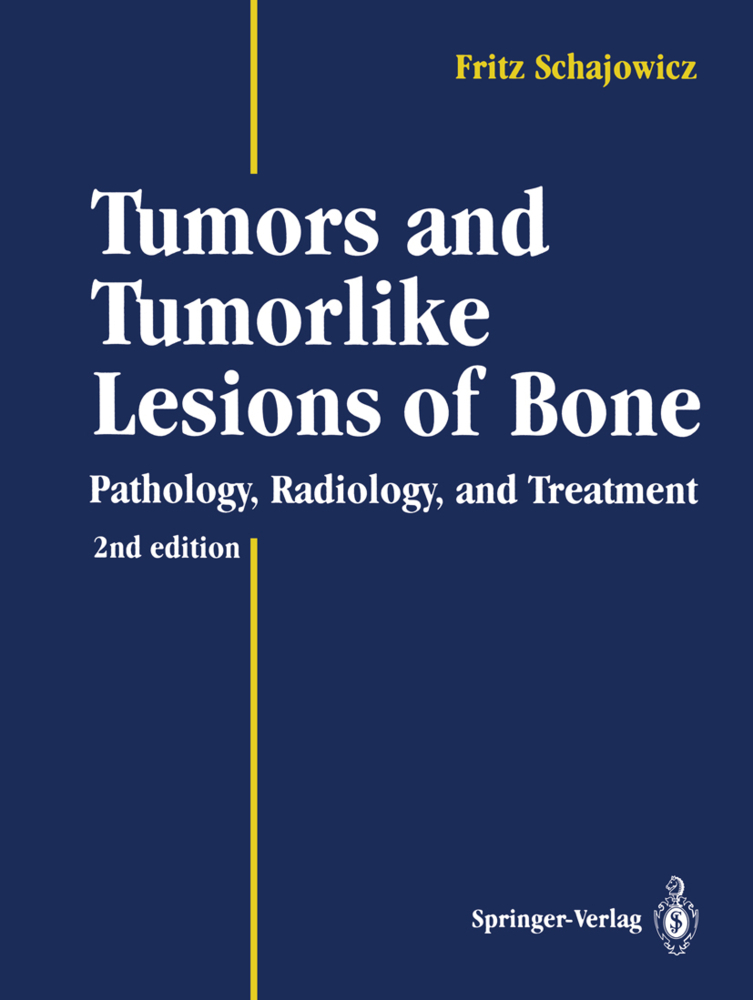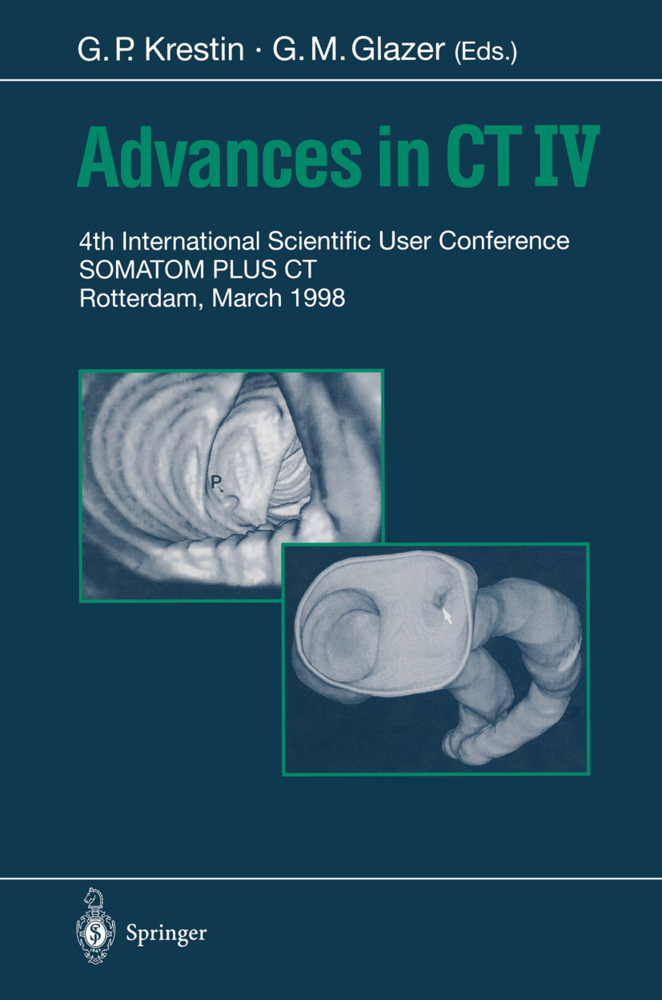MRI of the Body
MRI of the Body
As with the introduction of x -ray computed tomography, much of the initial development of magnetic resonance applications tended to focus on the central nervous system. The development of magnetic resonance imaging applications to other organ systems such as the chest, abdomen, pelvis and extremities has lagged somewhat behind, awaiting technical improvements, and a broader user base. The past two years have seen a marked increase in imaging applications throughout the body, most notably the musculoskeletal system. It is in this regard, that MRI of the Body is a welcome arrival as a text which describes both basic principles of magnetic resonance ima ging and surveys the current status of magnetic resonance imaging applications throughout the body. The volume is concise, focused, clinically oriented, and abun dantly illustrated. In each organ system, the appropriate technical approach is discussed, the normal anatomic features are reviewed, and the range of pathologic appearances which may be encountered are described. The authors of the chapters provide a balanced overview of MR applications and describe both present limitations and future potential of magnetic resonance imaging applications in the organ system described.
Signal parameters
Formation of an image
Artifacts
System-specific artifacts
Patient-specific artifacts
Quality control
Definition of QC parameters
Test substances and test objects
NMR spectroscopy from experimental to clinical spectroscopy
Principle of NMR spectroscopy
Most significant results of spectrocopy in man
Clinical application
Conclusion
Contrast media
Theoretic basis
Paramagnetic ions
Other contrast media
Experimental models
Clinical applications
Conclusion
Head and neck
Facial structures - nasopharynx and parapharyngeal spaces
Superficial soft tissue (excluding the orbits) : parotid gand and temporomandibular joint
The parotid gland
Buccal cavity and the oropharynx
Cervical region
Conclusion
Thorax
Exploration techniques
Normal anatomy
Pathological findings
Conclusion
Heart
General points
Study of the heart
Clinical applications
Breast
Imaging technique
MR image of the normal breast
Results
Conclusion
Liver, biliary tract, portal system, spleen
Technique
Normal anatomy
Clinical findings
Conclusion
Pancreas
Application of MR imaging techniques to the pancreas
Normal pancreas
Acute and chronic pancreatitis
Liquid collections and pseudocysts
Pancreatic hemorrhage
Tumors of the pancreas
Metabolic diseases
Vascular abnormalities associated with hepatic diseases
Present situation, prospects, comparison with CT
Tissue characterizarion
Gastrointestinal tract
MR examination technique for the GI tract
Normal anatomy of the rectum
Abnormalities of the GI tract
Advantages and disadvantages of MR - Future prospects
The kidneys and perirenal space
Technique
Anatomy
Masslesions
Loss of corticomedullary differentiation
Perirenal lesions
Paramagnetic substances
Adrenal glands
MRI procedure
Normal anatomy
Secretory tumors of the adrenals
Non-secretory tumors
Other lesions
Contribution of spectroscopy imaging to adrenal investigation
Conclusion
Large retroperitoneal blood vessels
Exploration technique
Normal findings
Pathological findings
Conclusion
Retroperitoneal adenopathy
Technique
Findings
Conclusion
Gynecology
Examination technique
Normal anatomy
Benign pathology
Malignant pathology
Postoperative pathology and therapeutic follow-up
Conclusion
Male pelvis
Technique
Normal anatomy
Pathology
Conclusion
Pathology of the scrotum
Examination technique
Normal appearance
Pathology of the scrotum
Conclusion
Joints
General technical points
Normal images
General findings
Pathological conditions
Spine
Technical considerations
Normal images
Degenerative pathology
Infections of the disk and of the vertebra
Spondylolysis and spondylolisthesis
Trauma
Inflammatory pathology
Post-treatment appearance of the spine
Spinal tumors
Conclusion
Primary musculoskeletal tumors
Advantages and limitations of MRI
Technique
Contribution of MRI to diagnosis
Assessment of tumor extension
Treatment efficacy
Post-treatment checkup
Practical examples
Conclusion
Bone Marrow: MRI of diffuse and multifocal bone marrow malignancy
Technique
Normal bone marrow
Pathological bone marrow
Conclusion
Role of MR in non-oncologic pediatric imaging
Technique
Indications
Discussion
Conclusion
MRI in pediatric oncology
Material and techniques
Tumoral pathology
Conclusion
Obstetrical MRI
The mother
The fetus
Application of MRIto radiation therapy
Contribution of MRI to radiation therapy planning
Geometric distortion.
Physical basis
Physical basis of nuclear magnetic resonanceSignal parameters
Formation of an image
Artifacts
System-specific artifacts
Patient-specific artifacts
Quality control
Definition of QC parameters
Test substances and test objects
NMR spectroscopy from experimental to clinical spectroscopy
Principle of NMR spectroscopy
Most significant results of spectrocopy in man
Clinical application
Conclusion
Contrast media
Theoretic basis
Paramagnetic ions
Other contrast media
Experimental models
Clinical applications
Conclusion
Head and neck
Facial structures - nasopharynx and parapharyngeal spaces
Superficial soft tissue (excluding the orbits) : parotid gand and temporomandibular joint
The parotid gland
Buccal cavity and the oropharynx
Cervical region
Conclusion
Thorax
Exploration techniques
Normal anatomy
Pathological findings
Conclusion
Heart
General points
Study of the heart
Clinical applications
Breast
Imaging technique
MR image of the normal breast
Results
Conclusion
Liver, biliary tract, portal system, spleen
Technique
Normal anatomy
Clinical findings
Conclusion
Pancreas
Application of MR imaging techniques to the pancreas
Normal pancreas
Acute and chronic pancreatitis
Liquid collections and pseudocysts
Pancreatic hemorrhage
Tumors of the pancreas
Metabolic diseases
Vascular abnormalities associated with hepatic diseases
Present situation, prospects, comparison with CT
Tissue characterizarion
Gastrointestinal tract
MR examination technique for the GI tract
Normal anatomy of the rectum
Abnormalities of the GI tract
Advantages and disadvantages of MR - Future prospects
The kidneys and perirenal space
Technique
Anatomy
Masslesions
Loss of corticomedullary differentiation
Perirenal lesions
Paramagnetic substances
Adrenal glands
MRI procedure
Normal anatomy
Secretory tumors of the adrenals
Non-secretory tumors
Other lesions
Contribution of spectroscopy imaging to adrenal investigation
Conclusion
Large retroperitoneal blood vessels
Exploration technique
Normal findings
Pathological findings
Conclusion
Retroperitoneal adenopathy
Technique
Findings
Conclusion
Gynecology
Examination technique
Normal anatomy
Benign pathology
Malignant pathology
Postoperative pathology and therapeutic follow-up
Conclusion
Male pelvis
Technique
Normal anatomy
Pathology
Conclusion
Pathology of the scrotum
Examination technique
Normal appearance
Pathology of the scrotum
Conclusion
Joints
General technical points
Normal images
General findings
Pathological conditions
Spine
Technical considerations
Normal images
Degenerative pathology
Infections of the disk and of the vertebra
Spondylolysis and spondylolisthesis
Trauma
Inflammatory pathology
Post-treatment appearance of the spine
Spinal tumors
Conclusion
Primary musculoskeletal tumors
Advantages and limitations of MRI
Technique
Contribution of MRI to diagnosis
Assessment of tumor extension
Treatment efficacy
Post-treatment checkup
Practical examples
Conclusion
Bone Marrow: MRI of diffuse and multifocal bone marrow malignancy
Technique
Normal bone marrow
Pathological bone marrow
Conclusion
Role of MR in non-oncologic pediatric imaging
Technique
Indications
Discussion
Conclusion
MRI in pediatric oncology
Material and techniques
Tumoral pathology
Conclusion
Obstetrical MRI
The mother
The fetus
Application of MRIto radiation therapy
Contribution of MRI to radiation therapy planning
Geometric distortion.
Vanel, Daniel
McNamara, Michael T.
Kressel, Herbert Y.
Assenat, Susanne
| ISBN | 978-3-642-87558-8 |
|---|---|
| Artikelnummer | 9783642875588 |
| Medientyp | Buch |
| Auflage | Softcover reprint of the original 1st ed. 1989 |
| Copyrightjahr | 2012 |
| Verlag | Springer, Berlin |
| Umfang | XXIII, 387 Seiten |
| Abbildungen | XXIII, 387 p. 1000 illus., 9 illus. in color. |
| Sprache | Englisch |

